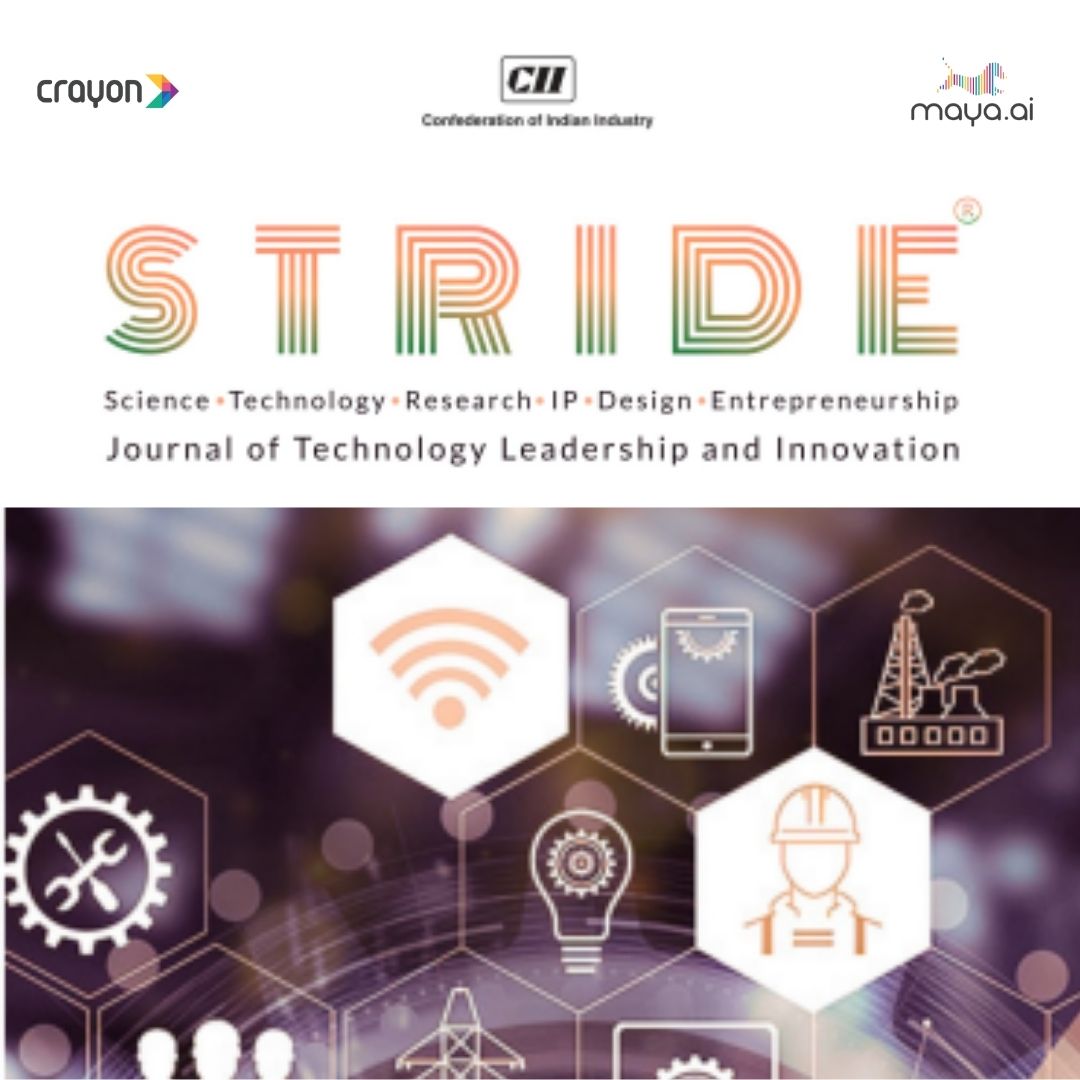Disclaimer: The following piece of writing is not meant to cause panic, or hurt sentiments. There is no political judgement being handed out in this article. This is purely an opinion piece. I possess expertise in neither mathematical modeling nor epidemiology. The findings made in this study are backed by logic and reasoning and have gone through due processes of review.
April 14th, New Delhi: As the clock struck 10:00, the Indian Prime Minister, Narendra Modi, made headlines when he addressed the nation of India after 21 days of feverish lock-down.
On the other side were 1.3 billion people, listening to his words with bated breath.
This was the all-crucial announcement. This would decide the terms, on which this country would function, for the next few months. A country where the number of cases from the n-CoV-SARS-2, known otherwise as the CoViD-19, outbreak was just over 10,000¹ cases.
By 10:30 am, the word was out.
The country was to remain under lock-down until the 3rd of May. While the objective realist in me breathed a sigh of relief at this closely averted disaster, the human in me could only feel the increasing frustration and despair.
By 10:45 am, the calls had begun to come in.
My mother called first.
She’s marooned in Kochi, a city in the southern state of Kerala. It has been almost 4 months since I last saw her, and we all now realize that it is going to be a little while longer before we see each other again.
Then my little brother called.
He’s with our grandparents, having moved out of his university just in time before the lock-down was declared. They’re all in New Delhi, the capital and one of the more adversely affected regions in this outbreak. He says he’s okay, but I can sense his apprehension. Or is it my own?
My family takes life as they see it. They are realists. Neither pessimists, nor optimists. We had all realized that this shutdown is necessary. Vital.
We’re not the only ones, scattered and disjoint, in this country.
We all long for home. Not the physical space, but everything else associated with it: stability, love, peace.
But, does anyone know if the lock-down worked at all?
We don’t know that. I don’t know that.
Yet, we hope, we pray.
In my previous post, Keep Your Distance Please, I had tried to illustrate why, and how, social distancing works through some complicated math, and hopefully some fairly intuitive concepts.
I was taken aback, and humbled, by the overwhelming response I got for that piece of writing. Thank you for the support, especially my reviewers who prefer to remain anonymous.
In this piece, I try and put forth my thoughts on whether such an extreme measure such as a lock-down works at all. It’s easy to opine, but far more difficult to support an opinion with empirical evidence. In this piece, we try and look for this supporting proof.
But before proceeding, I must caution the reader that we’ll be trying to establish this with a mathematical model. A margin of error is expected.
We try and fit this model onto the data for India. There have been concerns with the amount of testing carried out in this country, and that is a caveat we must be cognizant of.
The priors of any probabilistic model are often a matter of debate, and I’m open to hear alternate views on my choice.
Epidemiology 101 — Yes, SIR
We use the same model that was covered in the previous post, Keep Your Distance Please. An SIR model.
As a refresher, the SIR model²— first developed in 1927, is a set of differential equations, that try and segment a population into the Susceptible, Infective, and Removed groups.
By fitting the model to data, estimates for the parameters β and γ can be obtained.
β, γ are the two most important elements in this model.
- β controls the contact rate or the average number of contacts that turn out to be infected for every infected individual per day
- γ controls the removal rate or the proportion of people recovering/dying/isolating on a daily basis
Together, they give
- R₀ = β/γ ∝ the number of secondary cases for every primary case
The reason I choose an SIR approach, as compared to a more sophisticated model, is to limit the number of assumptions the system ends up making.
How do we solve for these parameters?
Well, there are two prominent ways.
This article was originally published on Towards Data Science. You can read the full article here.



















